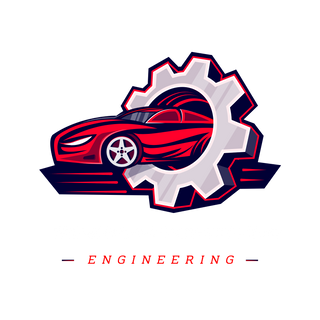Suspension and Steering
Suspension and Steering
The suspension and steering systems in a car are critical components that work together to ensure stability, control, and comfort while driving. Here's an overview of each system:
-
Suspension System: The suspension system is responsible for managing the vehicle's ride quality and handling by absorbing bumps and vibrations from the road surface. It consists of various components such as springs, shock absorbers (or struts), control arms, sway bars, and bushings. These components work together to isolate the vehicle's cabin from road disturbances and maintain proper tire contact with the road surface, ensuring traction and stability. The suspension system also helps to distribute the vehicle's weight evenly and provides support during cornering and braking.
-
Steering System: The steering system allows the driver to control the direction of the vehicle. It consists of components such as the steering wheel, steering column, steering gear (rack-and-pinion or recirculating ball), tie rods, and steering linkage. When the driver turns the steering wheel, it transmits the motion to the steering gear, which then moves the front wheels accordingly, allowing the vehicle to turn left or right. The steering system also includes power steering components in many modern vehicles, which assist the driver in turning the wheels with less effort.
Together, the suspension and steering systems play a crucial role in ensuring a safe, comfortable, and controlled driving experience. Proper maintenance and regular inspections of these systems are essential for optimal performance and safety on the road.

